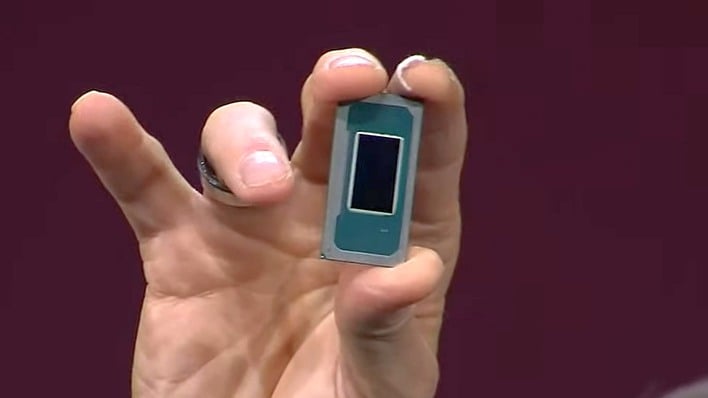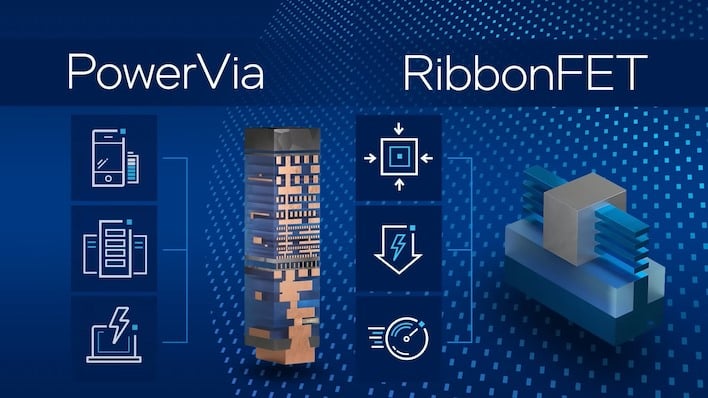Intel Confirms Arrow Lake Refresh And Nova Lake CPU Launch Timing
We know that thanks to John Pitzer, VP of Planning & IR at Intel. Pitzer gave an interview at Goldman Sachs' Communicopia + Technology Conference 2025 where he spoke pretty candidly about the company's recent challenges as well as its future plans. There were several key takeaways that we managed to pull from the recording, first and foremost being that the Arrow Lake refresh isn't coming this year.
That does lend some credence to the idea that the refreshed Core Ultra desktop CPUs may be more than a tiny clock bump (as previously rumored), as does Pitzer's statement that he expects the release to "start the process" of reclaiming desktop performance leadership from AMD—a process that he expects Nova Lake to conclude upon its launch, which he gave as happening a little earlier than expected: "late next year into 2027."
That means that, ultimately, if you were holding out for a new release to buy or build a new desktop, you might as well go ahead and grab it, because there's no new releases on desktop from Intel or AMD coming before next year at the earliest, aside from a possible launch of a desktop version of AMD's Strix Point. Those mobile-first chips have less PCIe connectivity and lower per-core performance than their desktop counterparts, so they're not exactly compelling for most full-sized desktop applications.
Pitzer also made several interesting comments about Intel's foundry. According to Pitzer, Intel's 14A process might be considerably more attractive to external customers than 18A. This is what he had to say:
Just so there's no confusion, we are all in on 14A development. That said, in order to generate a good return on our owner's capital, we need [...] to sign up a significant external customer to make the node work. If you look at what those external customers are looking at, it's really PDK readiness and maturity, and the yield curve. We feel very good about where we are in 14A development [...]
I think 14A is a very different node for us. At 18A, in the definitional phase, we were really only working with Intel products, so all the choices we made on the 18A node was really to optimize for the internal customer; we didn't really engage external customers until we got to that development phase. The big difference on Intel 14A is right in the definitional phase, we are actively engaged with external customers to define the node. [...] What that really means is 14A from the get-go is more suitable for external foundry customers.
This sounds like good news for Intel, as Lip-Bu Tan warned of a grim outlook for Intel's manufacturing arm if the company wasn't able to secure serious external customers for 14A. If external customers are showing more interest at this stage, it bodes well for the future of Intel as a whole, and for the capabilities of the company's 14A node.

On the topic of Intel's next-generation mobile CPUs, known as Panther Lake, Pitzer confirmed that those chips are coming "by end of year", although he specifically states "our first SKU of Panther Lake," possibly implying that it will literally be a single model of the new design, with the rest launching early next year. Here's the full quote:
There's 2 drivers to getting better margins from here. One is to improve the competitiveness of our products. And the second is to get 18A ramped successfully. The move from Intel 7 to Intel 18A is very accretive to profitability in Intel Foundry, and it is accretive to overall Intel corporate profitability. We're excited that we will be launching our first SKU of Panther Lake by end of year. We'll be ramping multiple new SKUs of Panther Lake coming in the first half of next year. And that will help on the profitability side.
In the context of 'getting 18A ramped successfully', the sudden switch to talking about Panther Lake demonstrates that the new chips are truly the first big test vehicle for Intel's moonshot fabrication process. 18A is a big deal, if you didn't know; not only is it expected to be the first 2nm-class process to hit the market in real products, but it's also the first fabrication process (from any vendor) to offer both GAAFET design and back-side power delivery, courtesy of Intel's RibbonFET and PowerVia advancements. The latest rumors around Panther Lake haven't been encouraging, but let's hope Intel pulls a big cat out of its hat.


